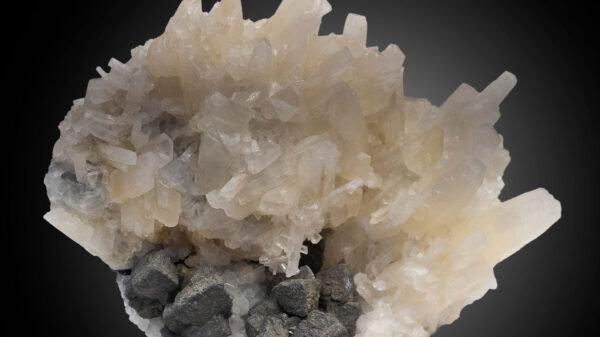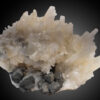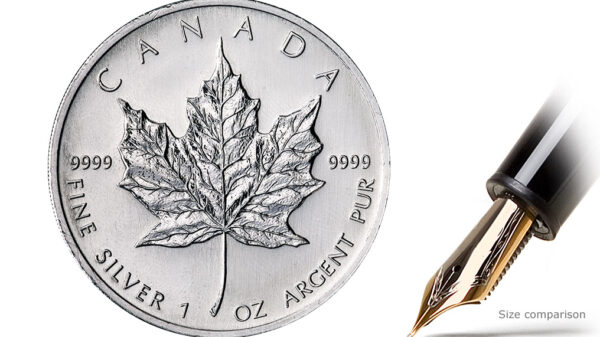A new report from The Gold Bullion Company titled “Treasure in Trash” has assessed which countries recycle the most gold from e-waste. The United Kingdom-based metals trader examined data from 2022 for its findings.
The United States is currently leading the way by a wide margin, according to the study. In 2022, the Americans produced over 13,750 kilograms of gold, valued at over US$1.2 billion, from 4.1 billion kilograms of electronic scrap.
“The United States’ consumerist culture could be a major contributing factor to its high e-waste production,” the authors said. “It is common to buy the newest gadget model and then throw out the old one.”
China is trailing behind the U.S. on the leaderboard, but didn’t even produce half that much during the year. The Asian superpower only pulled 6,630 kilograms of gold from 1.9 billion kilograms of e-junk, generating US$568.4 million.
“This is likely due to China being treated as a global e-waste hub, with Western countries exporting their own e-waste to China since the early 1970s to be recycled there instead,” the researchers explained, “as China has a larger workforce and cheaper labour.”
Germany, France and Japan placed third, fourth and fifth respectively. They each generated under half of what China produced throughout 2022.
The nation that generates the least gold from e-waste is Azerbaijan.
Read more: Calibre Mining highlights responsible energy usage in first-ever Climate Report
Read more: Calibre celebrates completing major heap leach pad expansion at the Pan Mine
Singapore researchers make breakthrough
A group of scientists from the National University of Singapore have developed a material that they claim is 10 times more efficient at extracting gold from e-waste than others used previously. This sponge material is made from the chemical compounds graphene oxide and chitosan.
“The material can reportedly transform the way gold is extracted from electronic wastes,” Interesting Engineering author, Prabhat Ranjan Mishra, described this week, “which has been described so far as a dirty business with low yields and results in toxic pollutants.”
The investigators published their findings in the official journal of the National Academy of Sciences in July.
“We develop a nanoscale cross-dimensional composite material via self-assembly of two-dimensional graphene oxide and one-dimensional chitosan macromolecules,” the study authors said, “capable of acting simultaneously as a scavenger of gold ions and as a reducing agent.”
Recycling gold from e-waste is much more energy efficient than extracting new gold from the dirt.
The average smartphone contains about 0.03 grams of the yellow metal.
rowan@mugglehead.com













